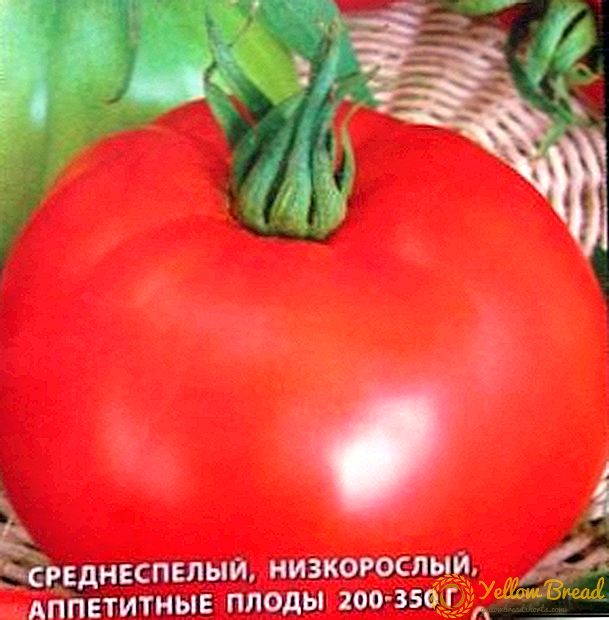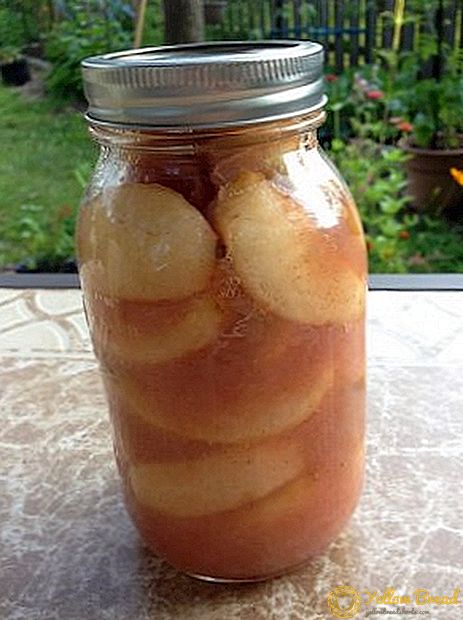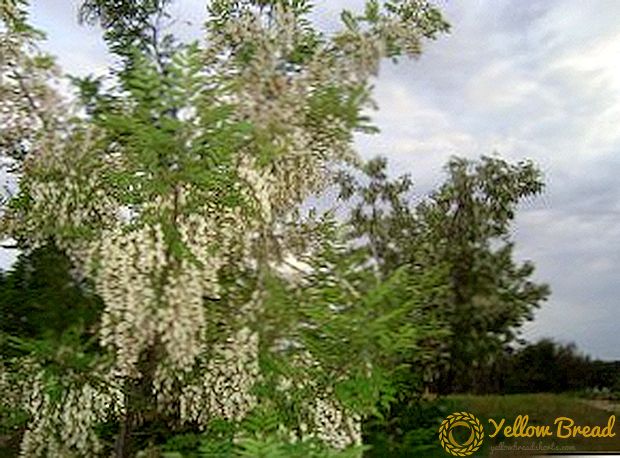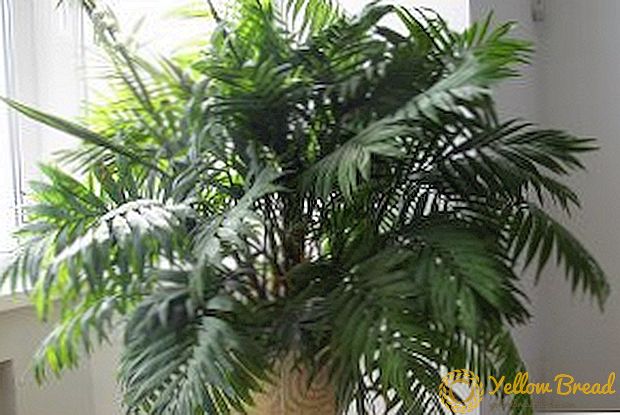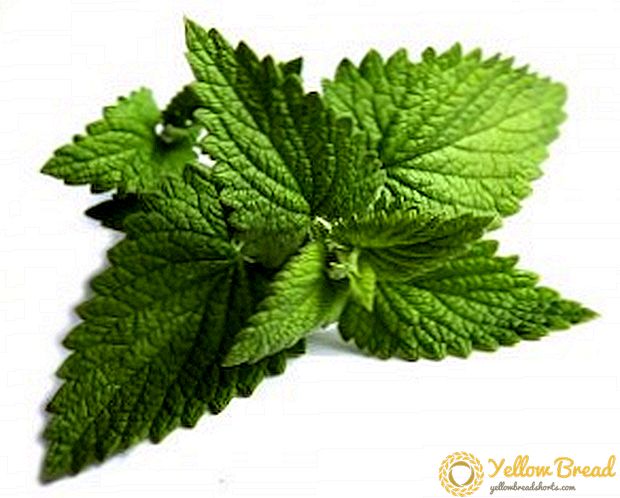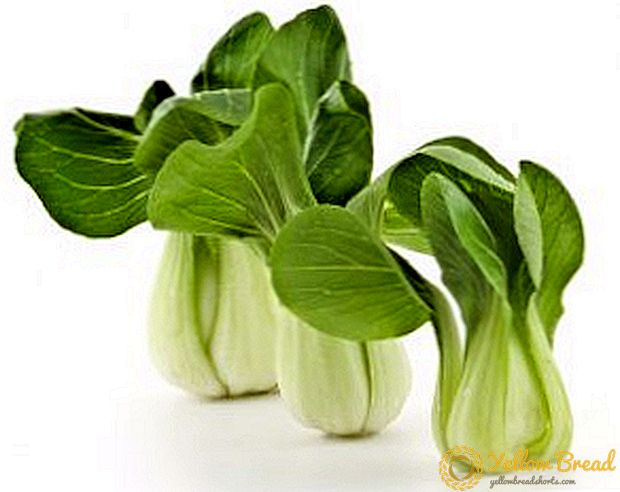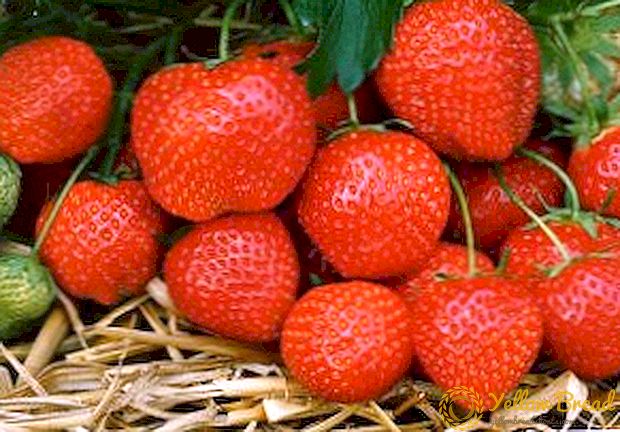 Strawberries are among the common berries. Pineapple strawberry got its name from the Latin word "ananassa", which means "garden strawberry". These berries have nothing to do with pineapple.
Strawberries are among the common berries. Pineapple strawberry got its name from the Latin word "ananassa", which means "garden strawberry". These berries have nothing to do with pineapple.
The article focuses on the cultivation of strawberry (strawberry) pineapple, the description of varieties with photos.
- Pineapple Strawberry Description
- Landing technology
- How to choose seedlings
- When and where to plant the berry
- Outdoor planting scheme
- How to care for pineapple strawberries
- Watering, weeding and loosening the soil
- Fertilization
- Mulching
- Pest and disease treatment
- Trimming whiskers and leaves
- How to prepare the berry for winter
- Advantages and disadvantages
Pineapple Strawberry Description
This type of strawberry has a strong bush compared to other "relatives", which has many green leaves located on long petioles. The leaves are covered with straight hairs, have jagged edges on the sides and blunt rounding at the tips.
Flowers of varieties of pineapple strawberries are large, about 2 cm in diameter. They have five petals of white color with many stamens and pistils. Flowers are located on the pedicel 3-5 cm long.
The plant is large-fruited, berries can reach a weight of up to 50-70 g. They are of different colors - from white to bright red. The taste of the fruit is mainly sweet and sour with a characteristic strawberry flavor.
Landing technology
Before you grow strawberry pineapple strawberries, you must choose a good seedlings and pick a place to plant.
How to choose seedlings
When choosing seedlings, you need to pay attention to some things:
- it must have at least three green leaves on short petioles;
- if the seedlings are sold with an open root system, it should be fibrous and have a root length of 7-10 cm;
- When selling seedlings in pots, it is necessary that she fully mastered the soil in the container. In a peat pot, the roots should go out through the wall;
- It is undesirable to buy very elongated plants with pale leaves. Such seedlings are not viable;Basically the order of growing strawberries is simple and clear, but there are features of growing strawberry varieties Zenga Zengana, Maxim, Chamora Turusi, Kimberley, Fresco, Elsanta, Malvina, Marshal, Russian size, Albion, Queen Elizabeth, Elizaveta-2, Gigantella.
- seedlings should not be lethargic;
- if the leaves are shriveled, then this is a sign of strawberry mite. Such a product is better not to buy;
- if there are dots on the leaves, it is better to refuse such seedlings, since this is the result of fungal diseases;
- It is best to buy goods from sellers who have long been engaged in this business. They value their reputation and, seeking to have regular customers, sell only quality seedlings.

When and where to plant the berry
You can plant strawberries in early September or in spring, as soon as the weather permits (April-May). Autumn planting will allow harvesting next summer.
The site for planting this crop should be windless, sunny and located on the south-west side of the site. Well, if the beds will be located a bit on a hill to avoid stagnant water.
Cold mists accumulate in the lowlands, so strawberries will grow well and will not bear fruit. Pineapple strawberries are not recommended to be grown in one place for more than four years. It will grow well after legumes, grains and some root vegetables.This culture loves chernozem soil types containing ash in the composition.
Outdoor planting scheme
Before planting, planting material must be held for 2-3 days in a non-hot place. If the soil was not fertilized in the fall, it is necessary to add humus, ash or litter to the wells. Seedlings in the garden can be distributed in two-line or one-line method. The distance between the seedlings should be 30 cm, between the rows - 60 cm, and between the lines - about 40 cm. Distribute the bushes in a single-line method is the same, but with the difference that the line is one.
Seedlings in the garden can be distributed in two-line or one-line method. The distance between the seedlings should be 30 cm, between the rows - 60 cm, and between the lines - about 40 cm. Distribute the bushes in a single-line method is the same, but with the difference that the line is one.
Strawberries should be planted shallowly so that the roots do not rot. But not very close to the surface - the roots can dry out or freeze when the soil settles. The root neck should be at ground level. The top bud cannot be covered with earth.
If the roots are long, they should be cut to 10 cm. After the seedlings are planted, it is necessary to water it abundantly. To avoid the formation of a crust, you can mulch the earth with humus.
How to care for pineapple strawberries
To get a good harvest you need to properly care for pineapple strawberries.
Watering, weeding and loosening the soil
Weeds multiply very quickly in the open field, so it is important to constantly remove them. After weeding the ground must be loosened.
Strawberries are poured daily if the weather is hot and dry. Too often not allowed to be watered, as this can lead to berry rot, powdery mildew or other diseases. Watering is best in the morning. While the bushes do not bloom, they are watered by sprinkling. And during flowering it is necessary to water the soil itself, without affecting the flowers and fruits. The water should not be cold - at least 16 ° C.
Fertilization
Feed strawberries need at least three times a year:
- fertilizers are applied for the first time in the spring, using complex fertilizer for berries, for example, nitrophoska;
- in the period when the buds are tied, fertilize a second time. It is better to use organic fertilizers - mullein, bird droppings, adding wood ash;
- third time fed during the flowering period. It is best to use potash and phosphate fertilizers.

Mulching
To keep the beds in order, they are mulched with straw, grass or needles.It is also convenient to plant strawberries on a special mulch film. Due to this, the soil retains moisture, and weeds do not have the opportunity to germinate.
Pest and disease treatment
Treated shrubs from pests and diseases in the spring, before flowering, using "Actofit", "Fitoverm".
If the temperature is lower, chemical agents such as Taurus or Cezar can be used.
Trimming whiskers and leaves
Pruning bushes carried out after fruiting. Leaves and whiskers should be trimmed with scissors or shears to prevent damage to the roots. Cut the leaves at the root can not. Leave the stalks no shorter than 10 cm.
Only immature, dry, limp leaves are removed. When removing the antennae, you need to leave only the first in a row from the bush. This is done for further reproduction. If strawberries are not propagated by shoots, then all mustaches are removed. 
How to prepare the berry for winter
Hilling and mulching are very important for winterizing. In the autumn it is better not to weed strawberries, as you can damage the roots - they will not have time to recover before frost.The bushes should be covered in several layers using straw, dry branches, leaves or agrofibre. With this, the desired temperature and humidity are maintained.
Advantages and disadvantages
Pineapple strawberry has many advantages:
- this type is well suited for transportation;
- has firm and sweet flesh, not watery;
- contains many nutrients, such as vitamin C, glucose, fructose;
- serves as an adjunct for the treatment of gout, stomach ulcers, atherosclerosis and heart disease;
- You can eat fresh berries and make jam from them.
Pineapple strawberry is a very common species in a temperate and subtropical climate. To spend a lot of time for its care and cultivation is not required.

